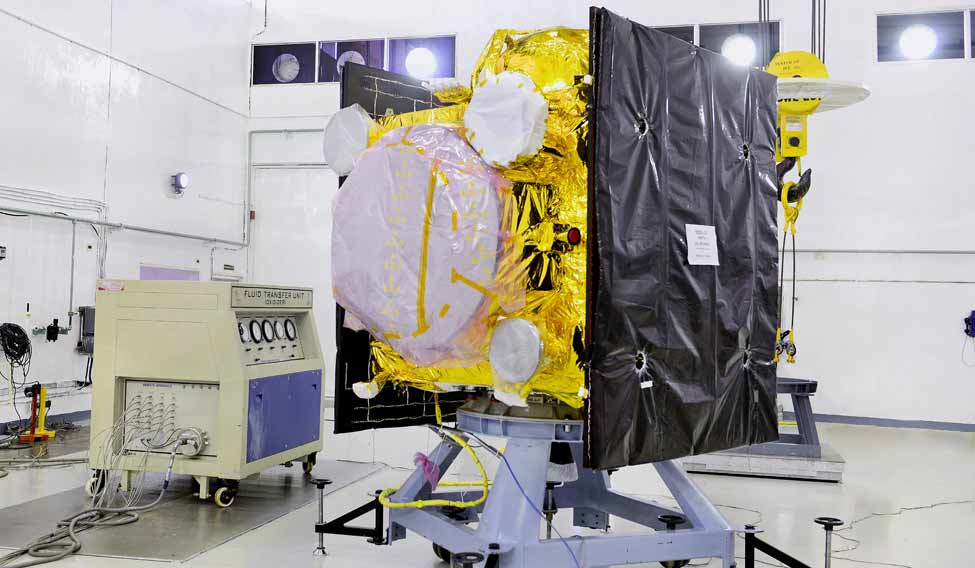The 48-hour countdown for the launch of the rocket PSLV-C31 began on Monday morning at 0931 hours at Sriharikota. The senior scientists of the Indian Space Research Organization (ISRO) gave their approval for the countdown to begin after a thorough review of the preparedness at the spaceport. PSLV-C31 will be launched from the spaceport of Sriharikota on January 20.
The PSLV-C31 will be the first mission to be undertaken by ISRO this year. The rocket will carry the Indian Regional Navigation Satellite Systems, IRNSS-1E at the same time on Wednesday. It is the fifth in the series of seven satellites meant for navigation system. IRNSS-1E will be complementing the four other satellites of its class that are already in operation in space.
The system will be the Indian equivalent of the Global Positioning System GPS and provide road, air and maritime navigation services over a vast area when all the seven satellites are made operational.
IRNSS-1E is scheduled for launch at 09.31am from the second launch pad at the Satish Dhawan Space Centre at Sriharikota, about 100 km from Chennai, city-headquartered Indian Space Research Organisation (ISRO) said on Friday.
Stating that IRNSS-1E carries two types of payloads navigation and ranging payload, ISRO said navigation payload will transmit navigation service signals to the users, and will be operating in L5-band and S-band.
The ranging payload consists of a C-band transponder which facilitates accurate determination of the range of the satellite, it said, adding that IRNSS-1E also carries Corner Cube Retro Reflectors for laser ranging.
A highly accurate Rubidium atomic clock is part of the navigation payload of the satellite.
IRNSS-1E is the fifth navigation satellite of the seven satellites constituting the IRNSS space segment, and has a lift-off mass of 1425 kg.
Its configuration is similar to that of its predecessors IRNSS-1A, 1B, 1C and 1D. ISRO Satellite Centre (ISAC) Director M Annadurai had earlier said all seven satellites of IRNSS are expected to be in the orbit by March 2016.
He had also said that the next two IRNSS satellites 1F and 1G were also in the very advanced stages of integration at the Bangalore satellite centre and these two satellites under the system would be made functional by the end of March this year.
The constellation of seven satellites was planned by ISRO to constitute IRNSS, which would be at par with US-based GPS once the full complement of spacecrafts are launched. While four satellites would be sufficient to start operations of the IRNSS system, the remaining three would make it more accurate and efficient.
ISRO said that as in the previous four launches of IRNSS satellites, PSLV-C31 will use 'XL' version of the rocket.
(With inputs from PTI and ANI)




